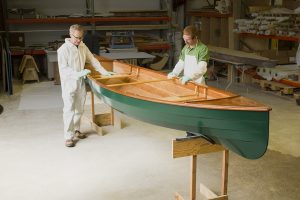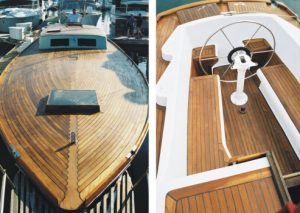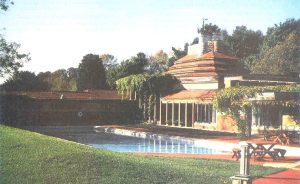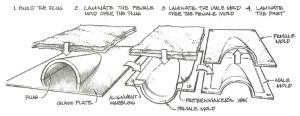By Glenn House Gougeon Brothers has composed a definitive safety guide for WEST SYSTEM epoxy users, called EPOXY SAFETY. The 12-page booklet contains general health, safety and environmental information, and explains basic precautionary measures for the typical epoxy user. It also covers some specific health problems that may result if these measures are ignored.




